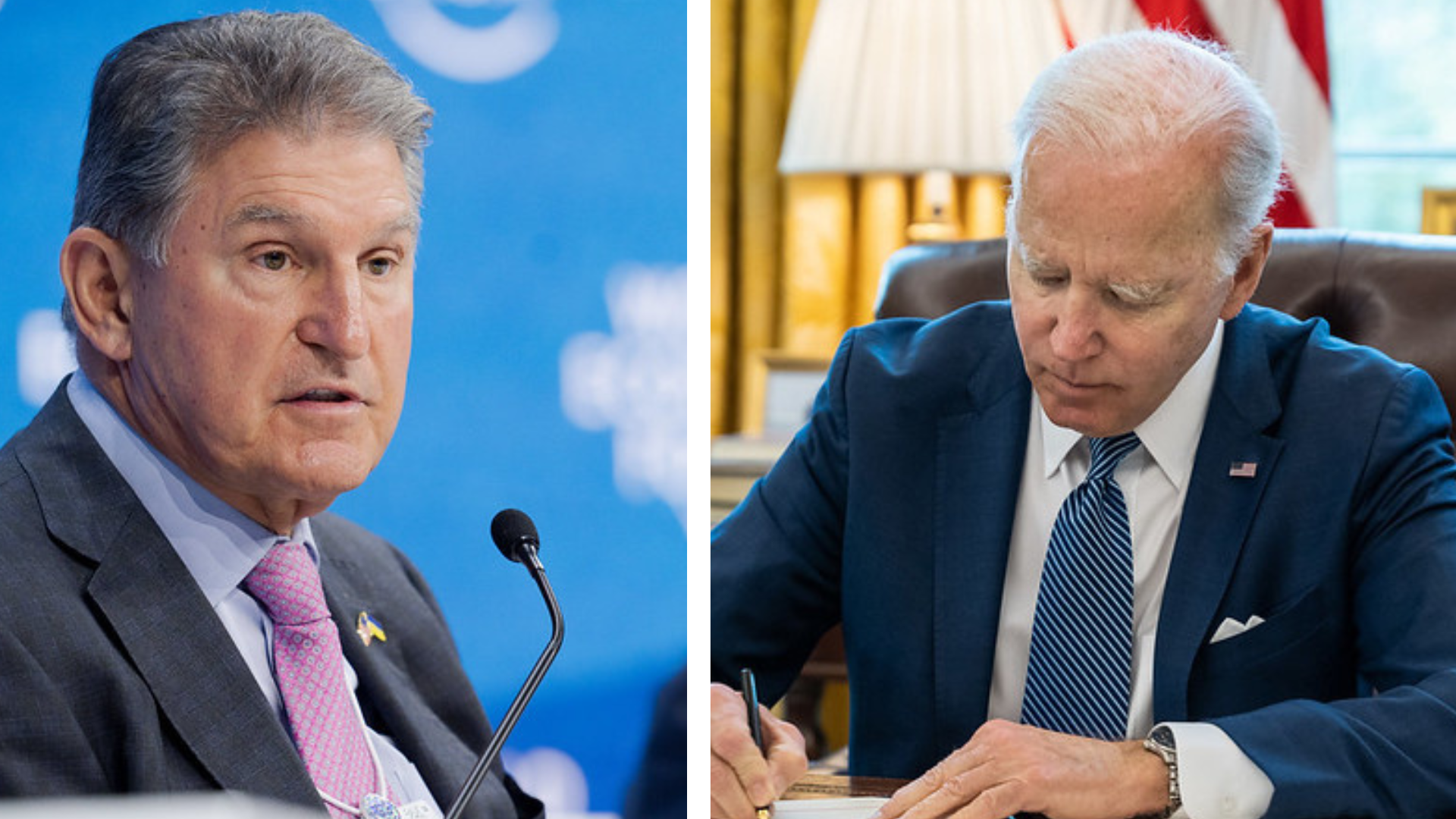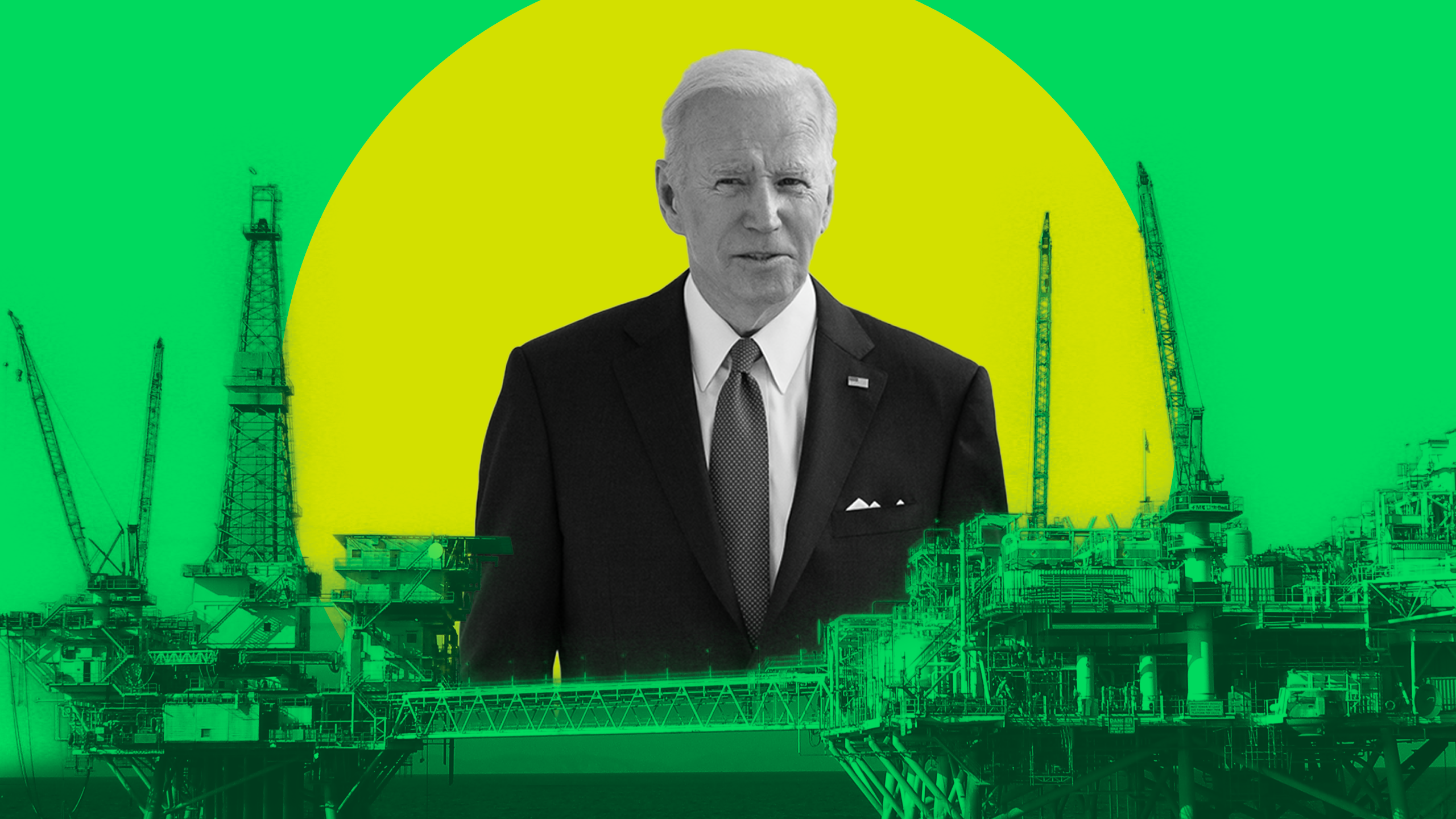3. Issue New Rules and State Waivers to Promote Clean Trucks and Cars
President Biden and Administrator Regan must move full throttle ahead with aggressive standards, and other agency actions, to confront air pollution from cars and trucks. With transportation accounting for nearly a third of domestic emissions, and zero emissions technology being more accessible than ever, rapidly electrifying the national fleet of light, medium and heavy-duty vehicles must be a top priority.
The EPA holds broad authority to regulate tailpipe carbon pollution from cars and trucks, as well as a range of other harmful criteria and conventional pollution, and must use this authority to drive the transition to 100% clean vehicles. Most urgently, the EPA must act to finalize a strong Clean Trucks Rule, and approve California’s waiver that will empower it and other allied states to implement new standards that will cut emissions from heavy-duty vehicles even faster than the federal standards.
Earlier this year EPA proposed a Clean Trucks Rule that would go into effect in 2027 and cut nitrogen oxide pollution by 50% by 2045, and greatly reduce particulate matter. The rule’s proposed Option 1 would result in the majority of on road heavy and medium-duty vehicles turning over to electric vehicles by 2045. In this same proposal EPA also suggested a weaker rule, Option 2, which would result in a slower clean vehicle transition. It is incumbent upon Administrator Regan to move forward with Option 1 to cut emissions from the heavy and medium-duty vehicle sector as fast as possible. EPA’s Option 1 proposal will prevent thousands of emergency room visits, which will disproportionately benefit Black, brown, Indigenous and low-income communities, who are most impacted by deadly tailpipe pollution. The Option 1 proposal is necessary both to achieve President Biden’s climate agenda and reduce health impacts on the most overburdened communities.
In addition, Administrator Regan must also use the EPA’s authority to approve California’s vehicle emissions waiver which allows the state to set more aggressive emissions reduction standards than the EPA, which other states then can join in adopting. Approving California’s waiver will allow at least 6 states to move forward with the Advanced Clean Truck Rule and the Heavy Duty Omnibus Rule, which will cut emissions from heavy-duty vehicles years ahead of EPA’s schedule. These more ambitious standards will be life-saving, preventing thousands of deaths and billions in health care costs in the coming years in California alone.
In addition, in the coming months, the EPA must also promulgate Clean Car Standards, for vehicle model years 2027 and beyond. This will move the country more rapidly towards 100% zero-emission new light-duty vehicle sales.








